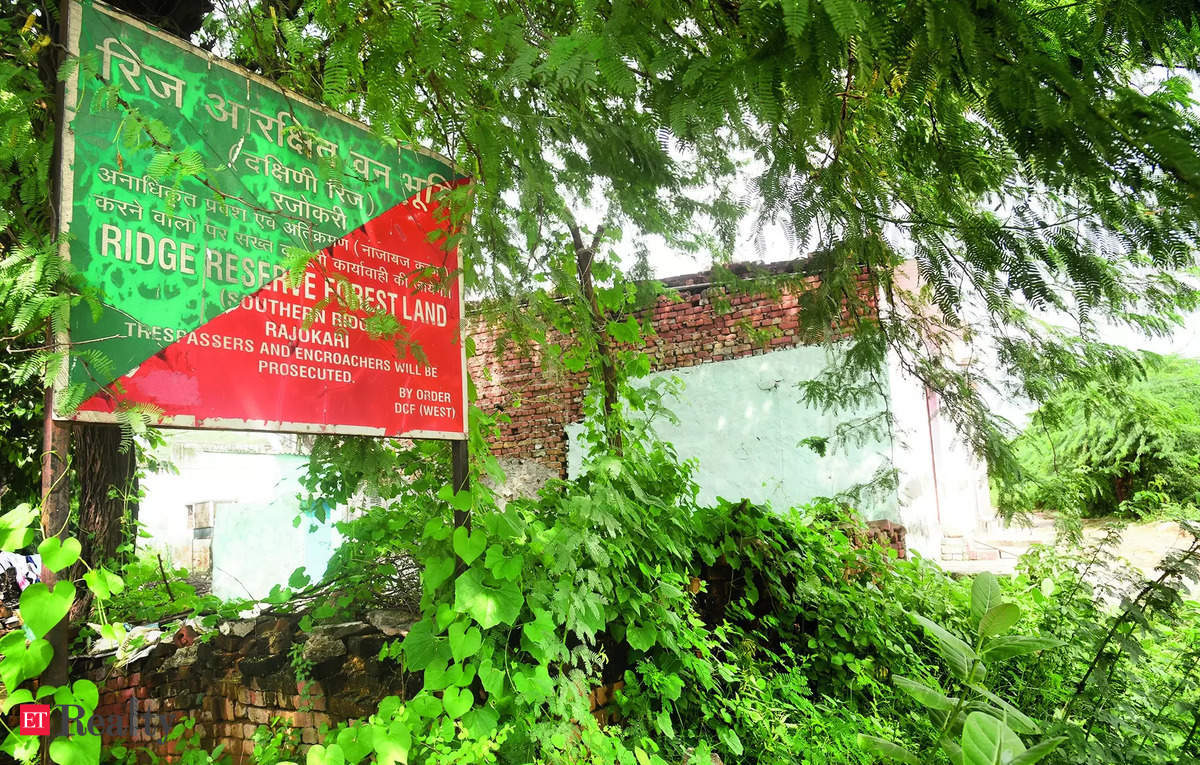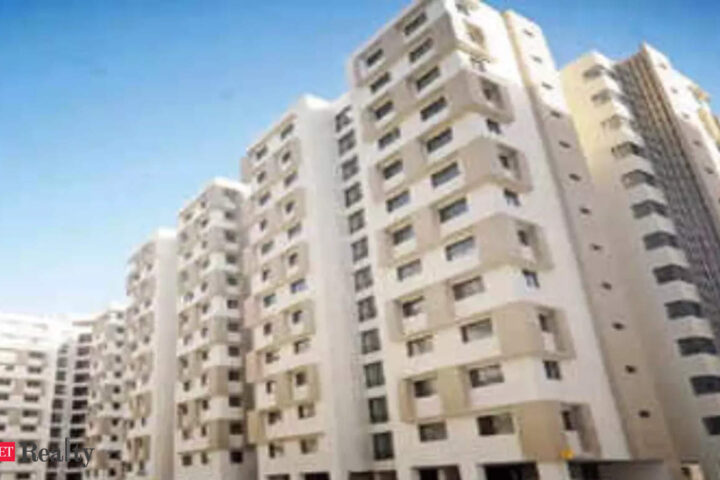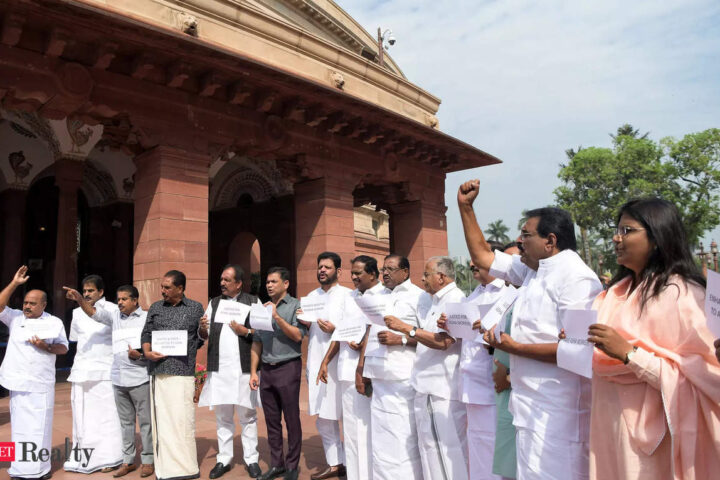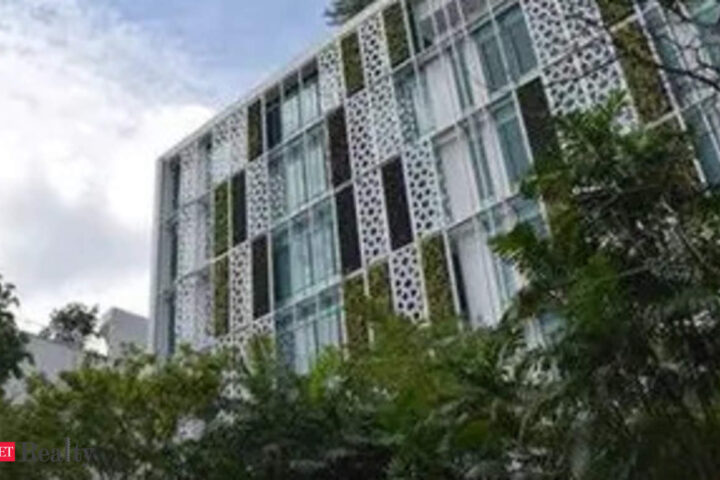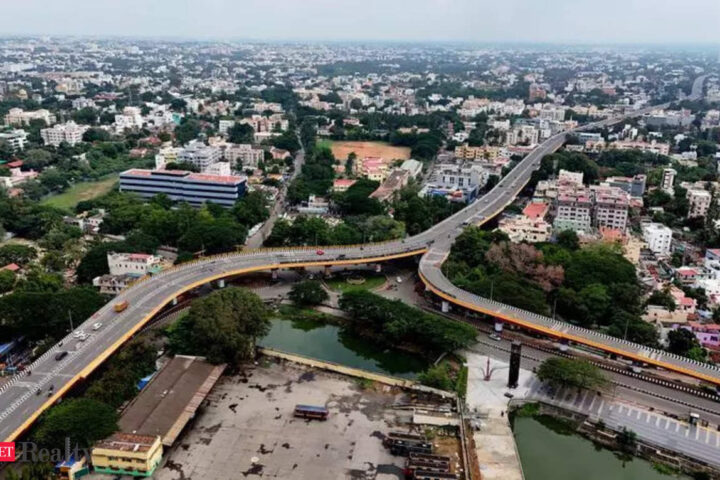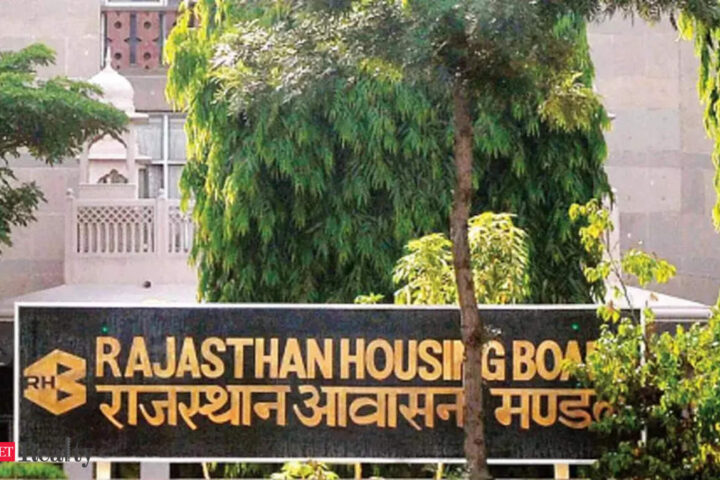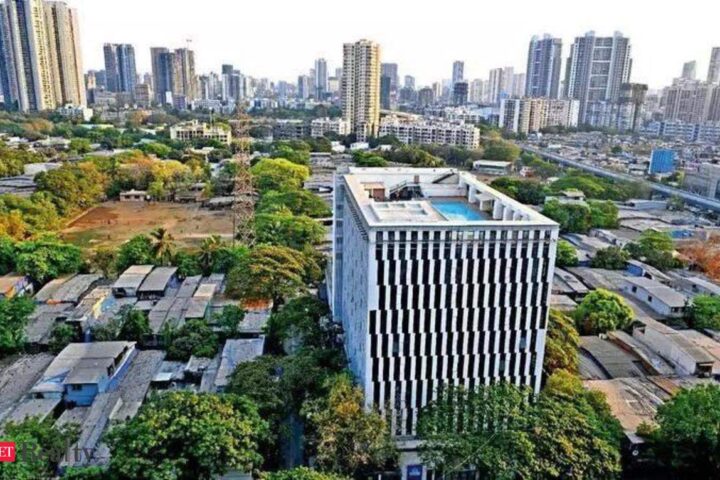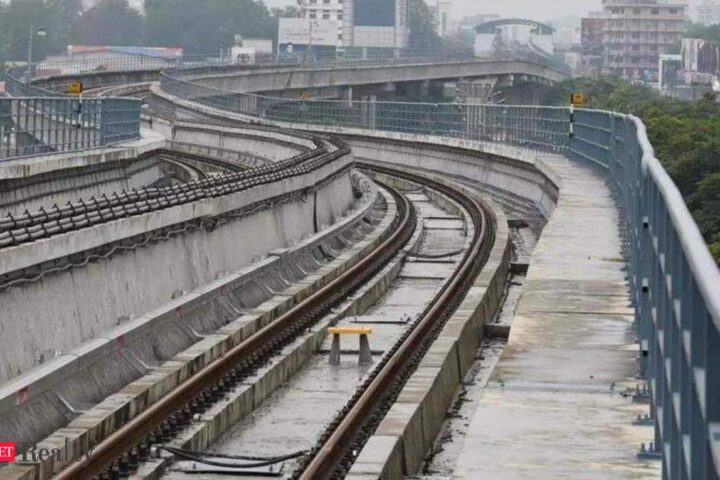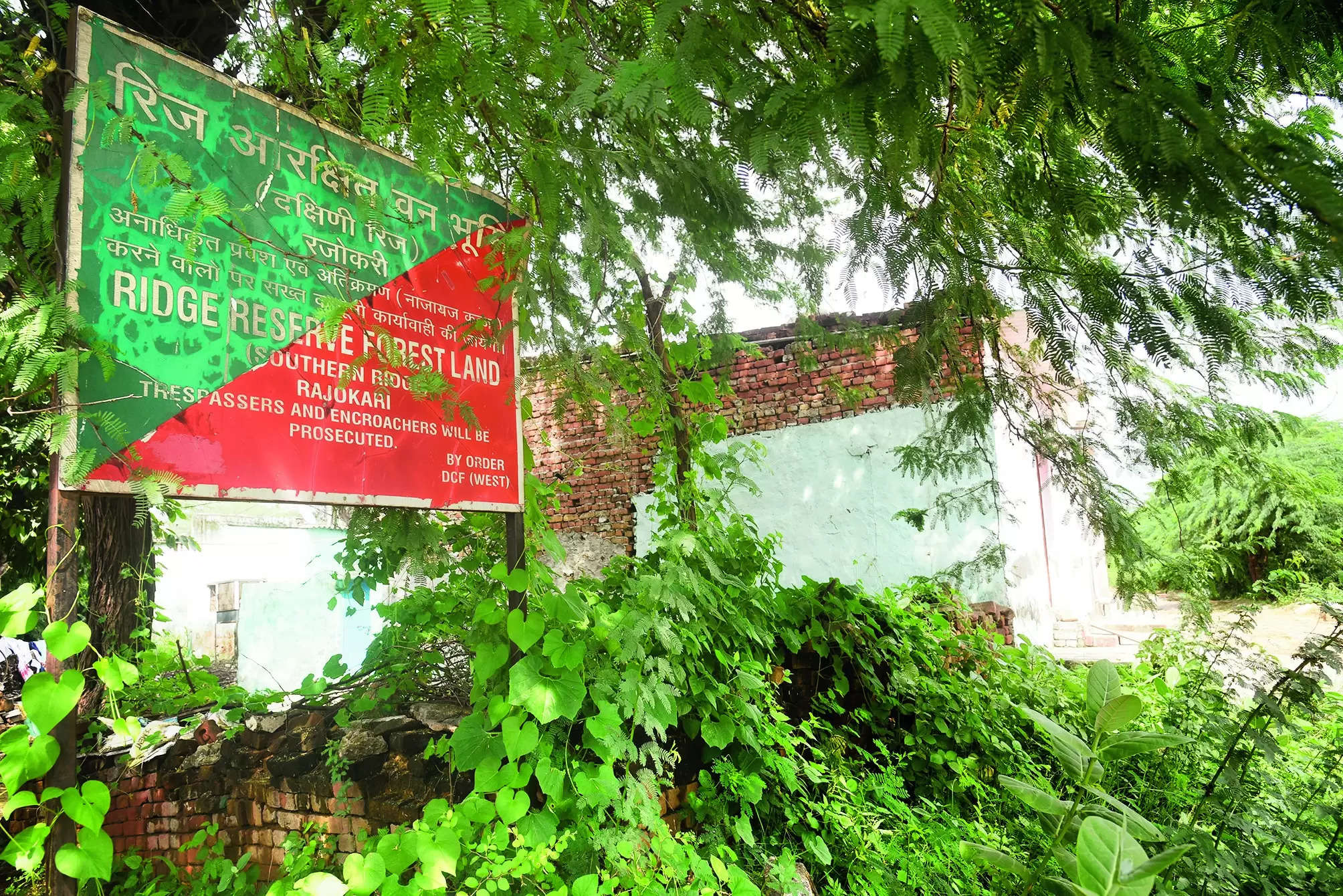
NEW DELHI: The festive mood of Raksha Bandhan petered out rapidly at Rajokri village near Vasant Kunj on Monday morning when bulldozers arrived to demolish the houses. But the residents thwarted the exercise, blocking the entry to the village with a truck. The residents’ association is now busy pulling out old documents and doing the paperwork to get a stay on the demolitions from Delhi High Court.
The village has three clusters spread over 15 acres, with around 1,000 families living amid old mining pits. The families claim to be the third and fourth generations of stone mine labourers who once worked there. They also claim to be living in the area for over three decades.
Residents said forest officials, accompanied by police and power officials, reached the clusters of Ramdev Ka Dera, Chameli Ka Dera and Keval Krishna Ka Dera, named after the contractors who brought the to work the mines as far back as 1964, with bulldozers on Monday morning, an action they had been anticipating after receiving demolition notices on Aug 9 and 14. The locals, while asserting that they had the right to rehabilitation as per DUSIB norms, alleged that the forest department hadn’t given them enough time to explore legal options.
“After receiving the first notice at Ramdev Ka Dera on Aug 9, we have been apprehensive,” said Rajendra Kumar, who works as a driver for a south Delhi family. “I am the third generation of my family living here after my grandfather came as a labourer from Rajasthan in 1967. We have valid documents, power connection and water supply, yet are being thrown out.”
The area also has a DUSIB community centre, proper roads, electric poles and piped water through two tubewells. Delhi Jal Board tankers also supply drinking water in the region because, the residents say, the groundwater is often undrinkable.
After the stone mines closed, the hamlet was designated a gram sabha. However, in 1996, the area was declared forest land and part of the Ridge. In 2013, the Sonya Ghosh Vs GNCT Delhi case began and in Jan 2021, the National Green Tribunal directed Delhi govt to take measures to protect the Ridge, including clearance of encroached areas.
“These clusters are among the oldest of the 675 slums enlisted under the DUSIB Act, 2010. Under that Act, houses built before 2006 can’t be removed without the residents being rehabilitated,” said activist Prakash Kumar. “A rehab plan, a must under DUSIB norms, hasn’t been prepared or shared with the Rajokri residents. So how can the forest department carry out demolitions?”
Forest officials did not offer any comment on the matter. On Aug 8, the West forest division listed khasra numbers and asked the people occupying these plots to vacate them within seven days. The notice claimed the plots comprised notified reserve forest land and the houses were encroachments under the Indian Forest Act, 1927.
“The forest department wants us to vacate this area but isn’t interested in rehabilitating people who lose their homes,” complained Tuntun Kumar, a union member who is in the team exploring legal options. “They call us encroachers, which we are not. We have papers for the land; there are records that we paid for the land block.”
Sher Singh, who traces his roots to Rajasthan, said, “Our ancestors came from UP, Bihar, Rajasthan and Haryana, but we don’t have villages to go back to after so many decades. Rajokri is our village where we have our temple and crematorium. Where can we go?”


